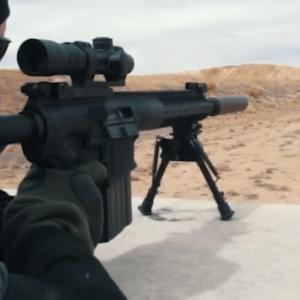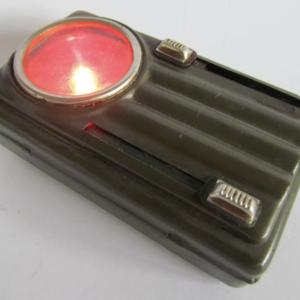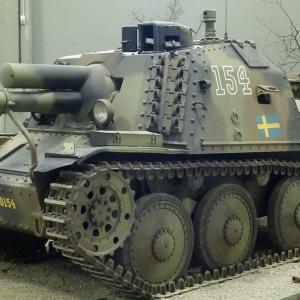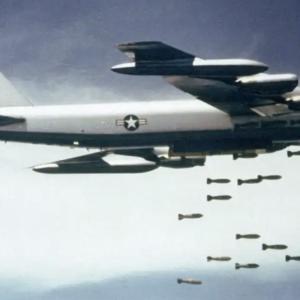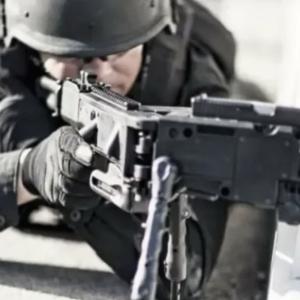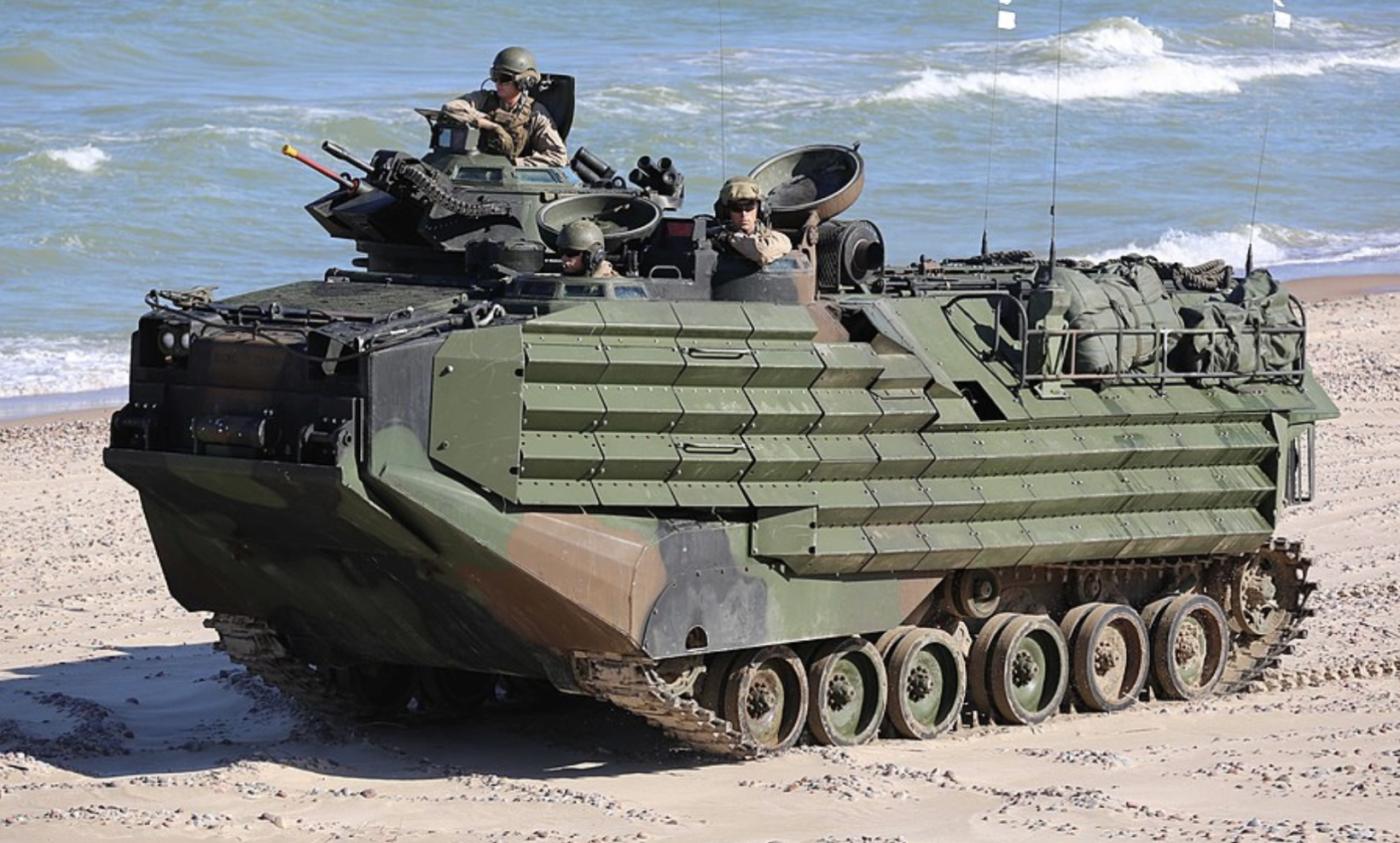
U.S amphibious assault craft
The AAVP7A1 RAM/RS has long stood at the heart of the United States Marine Corps’ amphibious assault capabilities. Designed to transport Marines and their gear from ships offshore to combat zones inland, this vehicle has played a crucial role in bridging the gap between sea and land for over four decades.
Its origins trace back to the late 1960s, when the need arose to replace the aging LVTP-5, which had been in service since the Korean War. The U.S. Marine Corps wanted a more modern, mobile, and reliable amphibious transport vehicle that could operate seamlessly across water and land, all while offering improved protection for its occupants.
The task of developing this new vehicle fell to FMC Corporation, an American defense contractor known for designing tracked combat vehicles such as the M113 armored personnel carrier. FMC created the original LVTP-7, which was introduced in the early 1970s. This new design featured a fully amphibious, tracked chassis with a large internal compartment capable of carrying a full squad of Marines and their equipment. Over time, the vehicle was redesignated as the AAVP7A1 (Assault Amphibious Vehicle Personnel Model 7A1).
In the decades following its introduction, the system underwent a significant upgrade under what became known as the RAM/RS program—standing for Reliability, Availability, Maintainability / Reliability and Survivability. This effort, launched in the 1980s and expanded in the 1990s, was intended to extend the vehicle’s service life while addressing mechanical shortcomings and improving its ability to operate in modern combat environments.
The upgraded design was produced by BAE Systems, the current manufacturer, which inherited the defense operations of United Defense (itself a successor to FMC’s defense division). BAE Systems has been responsible for integrating modern components and systems into the aging fleet, ensuring the platform remained relevant into the 21st century.
Key changes introduced with the RAM/RS version included a new Cummins VT525 diesel engine and a HMPT-500-3EC transmission, which gave the vehicle improved power, torque, and fuel efficiency. These upgrades allowed it to travel at speeds of up to 72 km/h on land and around 8 km/h in water, using twin water jets for amphibious propulsion. Its suspension and drive systems were also enhanced to improve cross-country mobility.
The vehicle carries a crew of three—a commander, driver, and gunner—and can accommodate up to 21 fully equipped Marines in the rear compartment. For self-defense and limited fire support, it is armed with a .50 caliber M2 heavy machine gun and, on some variants, a 40mm Mk 19 automatic grenade launcher. Its aluminum hull offers protection against small arms fire and shell splinters, and additional armor kits can be installed to improve survivability.
This amphibious platform has served in nearly every major U.S. military operation since its fielding. It played a critical role during Operation Desert Storm in 1991, when it helped transport Marines ashore during the liberation of Kuwait. In the early 2000s, it was again called into service for Operation Iraqi Freedom, where it was used not only in amphibious landings but also for inland patrols, base security, and convoy operations. Its ability to operate in both water and rugged terrain made it especially valuable in environments where infrastructure was damaged or nonexistent.
The vehicle has also been used in humanitarian assistance and disaster relief operations, where its amphibious capability and cargo capacity made it ideal for reaching isolated communities following floods or natural disasters.
Despite its long and distinguished record, the system is beginning to show its age. Its armor is no longer adequate against modern battlefield threats such as improvised explosive devices (IEDs), anti-tank guided missiles, and roadside bombs. Several high-profile incidents, including a tragic 2020 training accident off the coast of California that claimed the lives of eight Marines and one Navy corpsman, have drawn attention to its safety limitations in both water and land operations.
In response, the Marine Corps has begun phasing in the Amphibious Combat Vehicle (ACV), a modern replacement offering improved protection, digital communications systems, and better overall survivability. However, due to budgetary and logistical constraints, the transition will be gradual, and the legacy fleet will continue to serve in some capacity for the foreseeable future.
Throughout its service life, this vehicle has been more than just a machine—it has become a symbol of the Marine Corps’ expeditionary nature. Its ability to rapidly deploy from ships at sea and push forward into hostile terrain has given U.S. forces a unique advantage in amphibious operations. While newer systems are taking its place, the legacy it leaves behind is one of reliability, adaptability, and decades of faithful service across some of the most challenging operational environments in the world.

